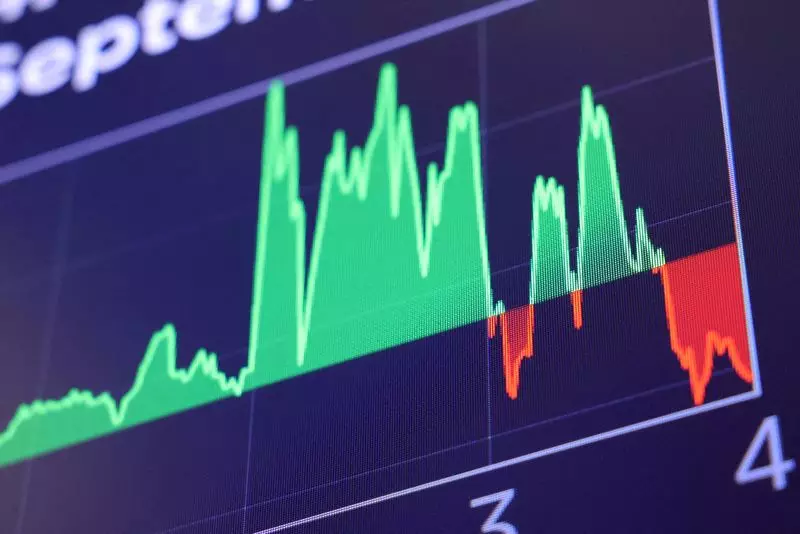On a notable Thursday morning, U.S. stock indices appeared set to open with restrained energy. This comes on the heels of a significant rally on Wall Street the day before, when bullish investor sentiment led to remarkable gains. Investors are now taking a step back, reflecting on the deluge of corporate earnings reports, mixed economic data, and high-profile statements from influential figures, particularly President Donald Trump. Amidst these fluctuations, various market indicators are providing a reading of market expectations and investor confidence.
As the clock ticked towards the opening bell, Dow E-minis reflected a modest gain of 45 points, marking a mere 0.10% rise. Meanwhile, the S&P 500 and Nasdaq 100 were experiencing slight declines, pointing to a complex market sentiment where optimism and caution coexist. The previous day had marked the S&P 500 and Dow as having advanced in six out of seven sessions, with the S&P hitting an all-time intraday high—a pause, therefore, seems to be a necessary moment to consolidate gains and assess upcoming economic disclosures.
Part of the investor hesitation could be attributed to recent economic indicators suggesting a moderation in inflation, providing some relief amid ongoing concerns about economic overheating. However, the announcement of President Trump’s ambitious commitment of $500 billion towards artificial intelligence infrastructure has caught the market’s attention. This move, touted as a significant step towards enhancing America’s technological capabilities, has the potential to impact various sectors, particularly tech.
Despite some promising economic news, the day was characterized by a disarray among tech stocks, particularly those linked to artificial intelligence. High-flying stocks such as Nvidia and Microsoft saw weak premarket trading, dropping by 1.6% and 0.6%, respectively. This may indicate that, while there is optimism surrounding AI investments, traders are also inclined to take profits after an impressive run-up in stock prices recently. Analysts suggested that the overall market might need time to digest the ongoing flow of policies emanating from the Trump administration, particularly regarding tariffs and broader economic strategies.
Investor anxiety is further compounded by uncertainties tied to Trump’s stated intentions about tariffs on imports from allies and competitors alike, including Canada, Mexico, China, and the European Union. Scheduled announcements regarding these tariffs have raised alarms that could lead to a broader trade war, triggering immediate ramifications on global trade dynamics and inflationary pressures. Trump’s impending address at the World Economic Forum is highly anticipated, as it promises to provide clarity or further complications on these matters.
According to market analysts, this uncertainty in trade policy could significantly hinder the Federal Reserve’s plans for monetary policy, especially concerning interest rates. The prevailing view hints at the Fed maintaining rates steady through the first half of 2025, an expectation that will continue to be influenced by these evolving trade discussions.
In the context of corporate earnings, a mixed performance among major players was evident. Notably, GE Aerospace impressed investors with a 7% rise, buoyed by optimistic forecasts for 2025 profits driven by strong aftermarket demand. In contrast, American Airlines recorded a staggering 5.2% drop after lowering profit forecasts, raising concerns about its future performance against a backdrop of fluctuating travel demands.
Another significant decline was observed with Electronic Arts, as the gaming company cautioned of weakness in its soccer franchise, leading to a 16.5% fall in stock value after revising its annual bookings downward. This highlights the vital role of industry-specific conditions that can skew overall market performance, reflecting adaptability and strategic planning in turbulent economic times.
As the markets grapple with the tension between optimistic economic signals and the risks posed by trade policies and corporate performance, the next few sessions promise to be crucial for investors. The capacity of market players to adapt to these multifaceted pressures will ultimately determine the trajectory of stock indices in the near term. As such, stakeholders are urged to remain vigilant and refined in their strategies, preparing for a landscape of shifting sands amid economic advancement and corporate evolution.

